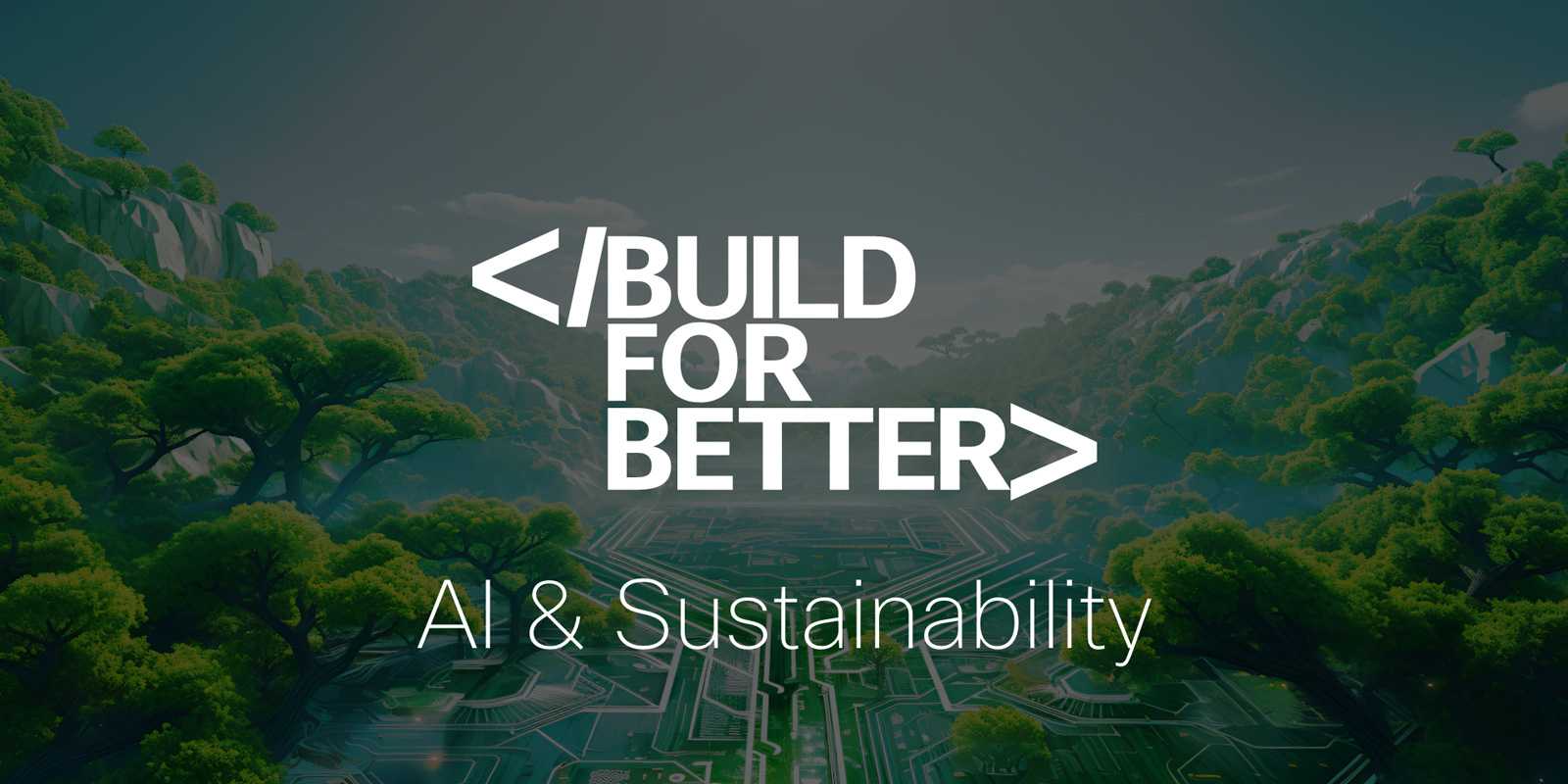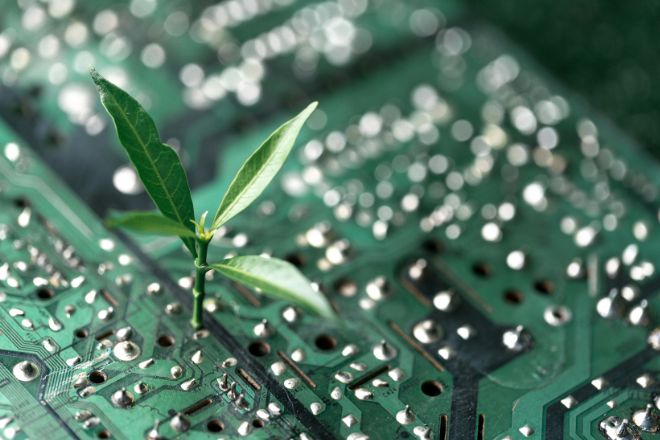
March 22, 2024
The fictional but prescient Dr. Ian Malcom noted in 1993’s Jurassic Park, “…your scientists were so preoccupied with whether or not they could that they didn’t stop to think if they should.” Generative AI’s rapid expansion due to the increase in size of large language models has felt something akin to genetically engineering a TRex. It is certainly fun and exciting, but what are the consequences?
Hardware is also beefing up those CPUs, GPUs, TPUs (all the PUs really) to support the training and distribution of those models. But just as history, and our favorite science fiction movies, have showed us, there is a cost. Of course, we’re all wary that SkyNet (T) might emerge, (and frankly time will tell), but the more pressing matter is the consumption of electricity and water.
Addressing the AI elephant in the room
At Cisco, we’ve been baking predictive AI into our platforms for years, helping IT operations make insightful, and even proactive, decisions. Across compute, storage, and networking infrastructure, application of predictive AI and observability has been incredibly useful in helping organizations scale and optimize their actual infrastructure usage. With APIs paving the way for multi platform integration, we’re seeing wholesale Day 0 to Day N solutions that help organizations manage usage and more.

What the research says
While these gains are exciting, the underlying machine learning technologies that support predictive AI do not have the same resource needs as Generative AI, which requires new approaches to reducing carbon footprint and overall environmental impacts
Over the last five years or so, researchers at universities like Berkeley and the University of Massachusetts saw past the horizon and started experimenting and proving methods that could be employed to lessen the energy consumption (and carbon footprint) of precursor technologies like natural language processing (NLP) to large language model (LLM). They even go as far as to prescribe both software/algorithm and hardware/infrastructure improvements to alleviate the carbon footprint created by training and using NLP and LLM. Even better, similar activities are underway to measure the impact of AI technology on water usage as well.
But, that’s not the whole story..
As of today, the true nature of AI’s impact on energy consumption is REALLY hard to actually quantify. Article after article tries to dig into the actual effect of using generative AI technologies. The challenge is that the combination of large amounts of variables (what task is being done, how is the data center setup, what processors are being used, etc. etc.) and IP secrecy (there is a LOT of money to be made here) makes reaching a true, tangible answer difficult. Not to mention, there is no way of knowing if those running LLM-based services are employing some of the proven mitigations noted above.
The best any of the current research can come up with is energy usage comparable to an average U.S. home per year to the average mid-size country. That’s an unmanageable range which makes understanding the actual impact and ways to mitigate difficult to identify.
So, it seems, that at least in the short term, newer AI technologies will have an increased impact on energy consumption and water usage to the possible negative detriment of the environment.
Problem solving, the developer way
So how can AI exist in conjunction with sustainability efforts? Ah, that’s the interesting part. AI just may be the answer to its own problems. The problem that I mention above about it being difficult to figure out the impact of AI usage on energy and water consumption is being currently worked on by AI sustainability initiatives.
In theory, the models would then be able to suggest solutions to increased water and electricity consumption. r In a slightly less sophisticated model, predictive AI elements are starting to be used to simply just turn things off. This is the simplest answer: eliminate situations where energy is generated but not actually used– and the really cool thing is AI can help us with that.
In the realm of this technological advancement, developers are bestowed with an extraordinary opportunity to make a real impact for a sustainable future.
Getting involved
Cisco’s Build for Better coding challenge, is open March 14 – April 22, 2024, and invites all Developers to harness their skills in AI, Observability, and Sustainability to make a real-world impact. Learn more and commit your code by Earth Day.
Recent Posts

August 27, 2025
How to Find the Right Learning Path When You’re Switching to a Tech Career
See post

August 27, 2025
The Hidden Challenges in Software Development Projects: Key Insights from Our Latest Survey
See post

August 22, 2025
Developer News This Week: AI Speed Trap, GitHub Copilot Agents, iOS 26 Beta Updates & More (Aug 22, 2025)
See post